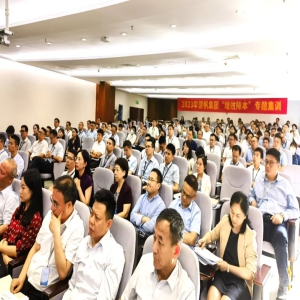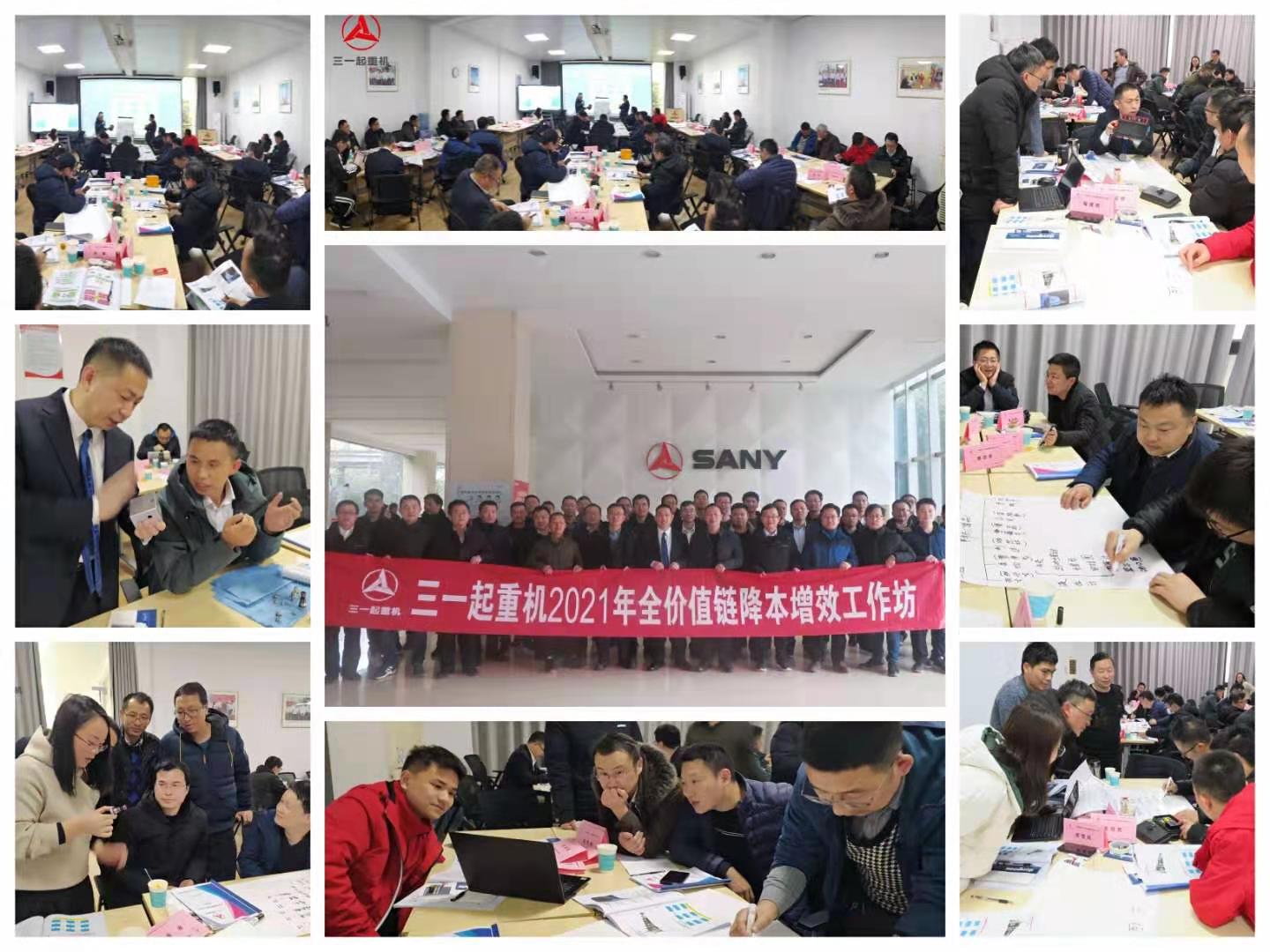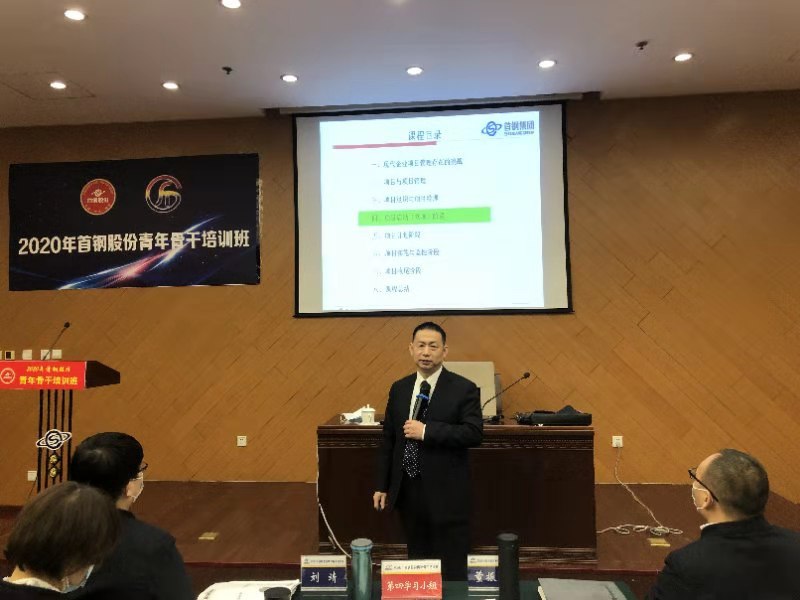培訓(xùn)搜索引擎
管理技能
實(shí)用商務(wù)寫作
參加對(duì)象:所有需要進(jìn)行內(nèi)外部書面溝通的職業(yè)人士; 有興趣進(jìn)一步提升商務(wù)寫作技能的人士公開課編號(hào)
GKK7174
主講老師
資深講師
參加費(fèi)用
1990元
課時(shí)安排
1天
近期開課時(shí)間
2015-07-15
舉辦地址
加載中...
其他開課時(shí)間
- 開課地址: 開課時(shí)間:
電話:010-68630945/18610481046 聯(lián)系人:尹老師
公開課大綱
1.各種商務(wù)書面溝通的格式
書信
電郵
備忘錄
報(bào)告
2.計(jì)劃一份書面商務(wù)溝通的3個(gè)必要問題
為什么要寫這份書面溝通
你希望讀者給你什么回應(yīng)
讀者需要知道什么信息
3.SOFAR構(gòu)造書面溝通內(nèi)容
稱呼行
起始與背景段
信息與事實(shí)部分
回應(yīng)要求段
收尾段
4.高效商務(wù)英文寫作的技巧
ABC法則
如何表現(xiàn)出禮貌與體諒
語氣的選擇
自然與真誠的措辭
KISS原則
避免陳詞濫調(diào)
加入重要事實(shí)
結(jié)構(gòu)化的信息
正確選用主動(dòng)與被動(dòng)句式
CLEAR 原則
5.電郵禮儀
6.困難情境的書面溝通
說服的信
應(yīng)對(duì)投訴的信
拒絕要求的信
7.金字塔法結(jié)構(gòu)化書信內(nèi)容
1. Different layout for different business written communication
Letters
E-mails
Memos
Reports
2. Three important questions to ask in order to plan effective framework
Why are you writing
What do you want the reader to do
What does the reader need to know
3. SOFAR strategy for organizing your writing
Salutation: Dear Mr / Mrs / Ms / Miss
Opening: background + purpose
Facts: reader’s information
Action: reader’s response
Remarks: polite closing
4. Tips to good business writing
Principle of ABC
To be courteous and considerate
Using appropriate tone
Writing naturally and sincerely
Remembering the KISS principle
Using modern terminology
Including essential details
Logical and clear structure
Using active not passive voice
Composing CLEAR communications
5. Net - etiquettes for email writing
6. Written communication structure for awkward situations
For persuasion
Responding to complains
Refusing a request
7. Pyramid principle for structuring business letter
書信
電郵
備忘錄
報(bào)告
2.計(jì)劃一份書面商務(wù)溝通的3個(gè)必要問題
為什么要寫這份書面溝通
你希望讀者給你什么回應(yīng)
讀者需要知道什么信息
3.SOFAR構(gòu)造書面溝通內(nèi)容
稱呼行
起始與背景段
信息與事實(shí)部分
回應(yīng)要求段
收尾段
4.高效商務(wù)英文寫作的技巧
ABC法則
如何表現(xiàn)出禮貌與體諒
語氣的選擇
自然與真誠的措辭
KISS原則
避免陳詞濫調(diào)
加入重要事實(shí)
結(jié)構(gòu)化的信息
正確選用主動(dòng)與被動(dòng)句式
CLEAR 原則
5.電郵禮儀
6.困難情境的書面溝通
說服的信
應(yīng)對(duì)投訴的信
拒絕要求的信
7.金字塔法結(jié)構(gòu)化書信內(nèi)容
1. Different layout for different business written communication
Letters
E-mails
Memos
Reports
2. Three important questions to ask in order to plan effective framework
Why are you writing
What do you want the reader to do
What does the reader need to know
3. SOFAR strategy for organizing your writing
Salutation: Dear Mr / Mrs / Ms / Miss
Opening: background + purpose
Facts: reader’s information
Action: reader’s response
Remarks: polite closing
4. Tips to good business writing
Principle of ABC
To be courteous and considerate
Using appropriate tone
Writing naturally and sincerely
Remembering the KISS principle
Using modern terminology
Including essential details
Logical and clear structure
Using active not passive voice
Composing CLEAR communications
5. Net - etiquettes for email writing
6. Written communication structure for awkward situations
For persuasion
Responding to complains
Refusing a request
7. Pyramid principle for structuring business letter
上一篇:高效會(huì)議管理
下一篇:提升數(shù)據(jù)分析能力的Excel超級(jí)實(shí)踐
培訓(xùn)現(xiàn)場(chǎng)
講師培訓(xùn)公告






